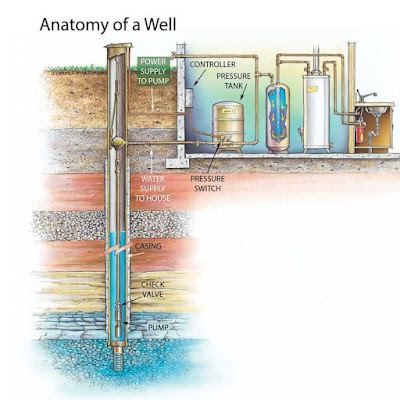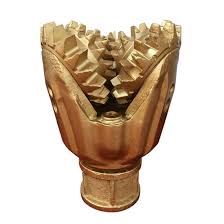How much water is a good well?
The answer to this question depends on your planned use, county requirements and the availability of water in the area where your property is located. In general counties require a minimum of 1 gpm sustainable production for a minimum of 4 hrs, banks that lend on homes are usually looking for a minimum of 2 gpm averaged over a 2 hr period. In order to determine how much water you need you first need to look at the number of faucets and fixtures in your home. Today’s American home usually has 2 bathrooms (1 faucet ea, 1 toilet, 1 shower = 3 fixtures) a full kitchen with a sink (1 fixture), a laundry room with washer/dryer and laundry sink (2 fixtures). If you put all that together, a home of this nature has approximately 9 fixtures installed. If you use low flow toilets, faucets and shower heads your demand out of each fixture is a little less than 2 gpm. So in this situation if you were to open every faucet, flush every toilet, turn on every shower in this home you would be using 18 gp...





